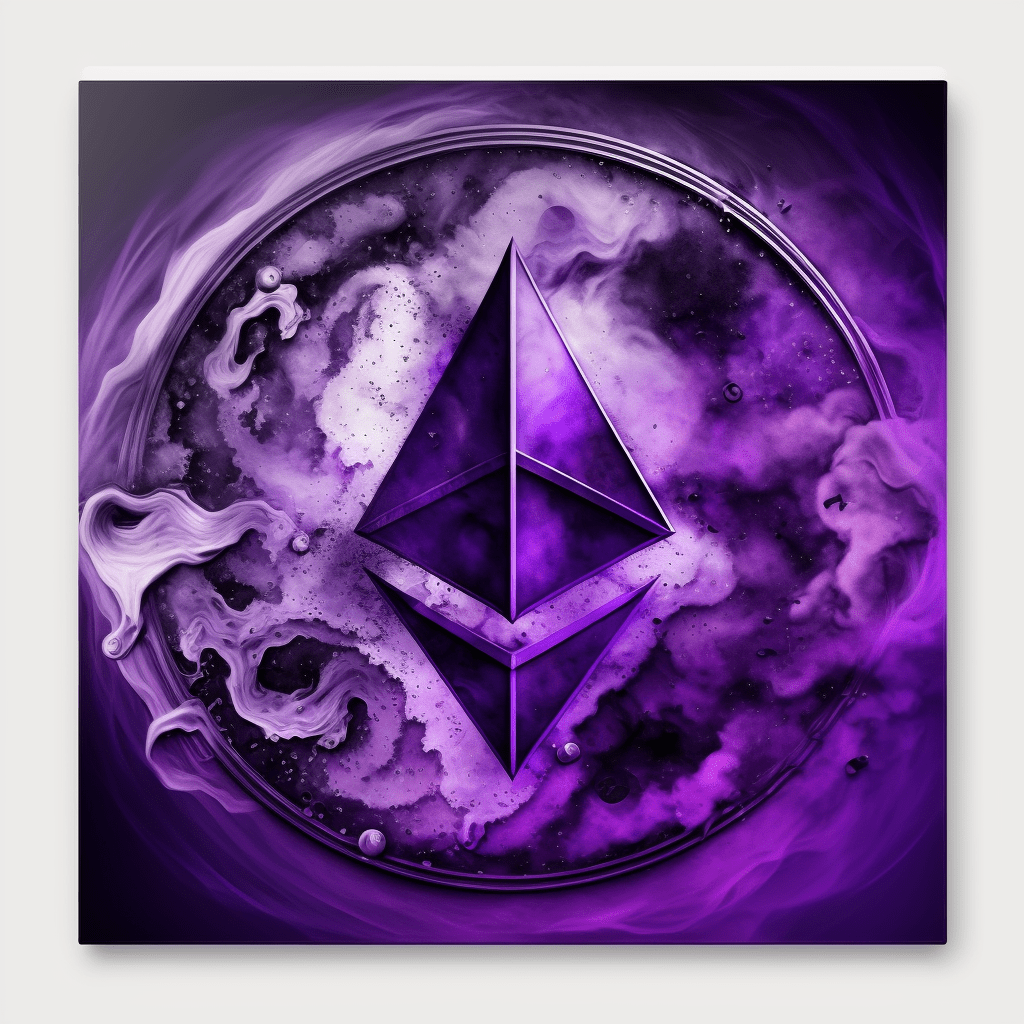As the Non-Fungible Token (NFT) space continues to grow and evolve, more creators and entrepreneurs are looking for ways to create and market their own NFT collections. However, one of the major hurdles many face is the cost associated with it. From minting fees to marketing expenditures, the financial aspect can be daunting. But, with the right strategies and tools, these costs can be significantly minimized.

Understanding and Reducing Minting Costs
The first significant cost involved in creating an NFT collection is the minting process. Minting is the act of transforming digital art into a token on the blockchain, making it an NFT. The minting cost primarily comprises the gas fees, which are payments made to the network (usually Ethereum) to process the transaction.
One way to reduce minting costs is to choose a platform that offers lower gas fees. With the rise of NFT popularity, various blockchains have emerged as alternatives to Ethereum, known for high gas fees. Options like Binance Smart Chain (BSC), Flow, or Tezos offer lower transaction costs, making them a more budget-friendly choice for creators.
Another strategy is to mint your NFTs during times of lower network congestion. Gas fees fluctuate based on network activity – the more people transacting on the network, the higher the fees. By minting during off-peak hours, you can often find lower gas fees.
Leveraging Free or Low-Cost Creation Tools

The cost of creating the actual artwork or content for your NFT collection can vary widely, depending on your specific project. If you’re creating digital art, for example, you’ll need design software, which can range from free to several hundred dollars.
However, there are many free or low-cost tools available that can help you create stunning digital art. Software like GIMP (GNU Image Manipulation Program) or Krita offers a range of professional-grade features for digital artists and is entirely free. For 3D modeling, Blender is a powerful, free option.
If you’re not an artist but still want to create an NFT collection, you could consider partnering with a digital artist or hiring a freelancer. Websites like Fiverr or Upwork can connect you with talented artists fitting various budgets.
Optimizing Your Marketing Strategy
Marketing is another significant aspect of launching an NFT collection. It’s crucial to get your collection in front of the right audience, and that often involves investing in marketing and promotion. However, there are ways to optimize your strategy and minimize these costs.
A great place to start is by leveraging social media. Platforms like Twitter and Instagram are popular in the NFT community, and using them to share your work and connect with potential buyers can be highly effective. Participating in relevant communities, like Discord servers or Reddit threads related to NFTs, can also help increase visibility.
Content marketing is another low-cost, high-impact strategy. Creating engaging blog posts or videos about your NFT collection and sharing them on your website or platforms like Medium and YouTube can attract potential buyers and generate buzz around your collection. It’s all about creating value for your audience, and content marketing is an excellent way to do that.
Another strategy is to engage with influencers in the NFT space. While some may charge for promotions, others may be willing to share your collection with their audience in exchange for an NFT. This can be a cost-effective way to reach a larger audience and generate interest in your collection.
Remember, while marketing is important, it should never overshadow the quality of your NFTs. Creating high-quality, unique, and engaging NFTs should always be your primary focus. After all, even the best marketing strategies can only do so much for a collection that doesn’t resonate with potential buyers.
Investing in Legal and Professional Services
While we’re focusing on minimizing costs, it’s important not to overlook the need for professional services, which can save you significant headaches (and potentially costs) in the long run. This could include legal advice to ensure you’re not infringing on any copyrights with your collection, or a tax professional to help you navigate the complex world of crypto taxes.
Just like with other costs, you can minimize these expenses. For legal advice, consider starting with online resources or free consultation services. Many law firms offer initial consultations for free, which can be a valuable resource when you’re starting out. As for accounting, there are numerous resources and software available online that can help you keep track of your earnings and expenses, some of which are free or low-cost.

Conclusion: Making an Impact Without Breaking the Bank
Creating and marketing an NFT collection involves a series of costs, but with strategic planning and smart decisions, it’s entirely possible to minimize these expenses. By focusing on cost-effective minting options, leveraging free or low-cost creation tools, optimizing your marketing strategy, and wisely investing in professional services, you can make your entry into the NFT world smoother and more financially feasible.
So, when asking, “how much does it cost to create an NFT collection?” the answer can vary greatly, but with these tips, the expense may be less than you think, opening the door to the fascinating world of NFTs.
